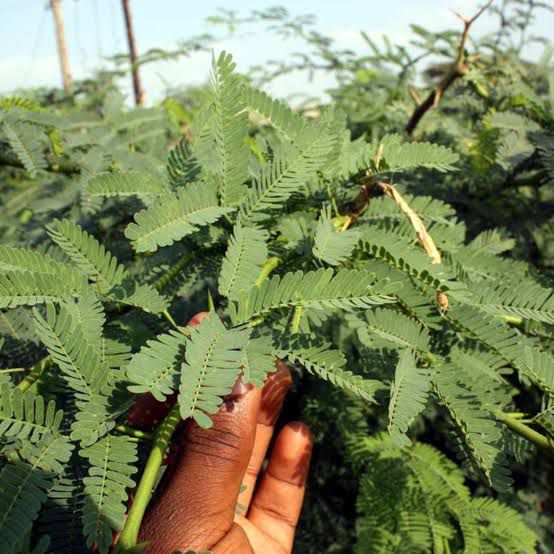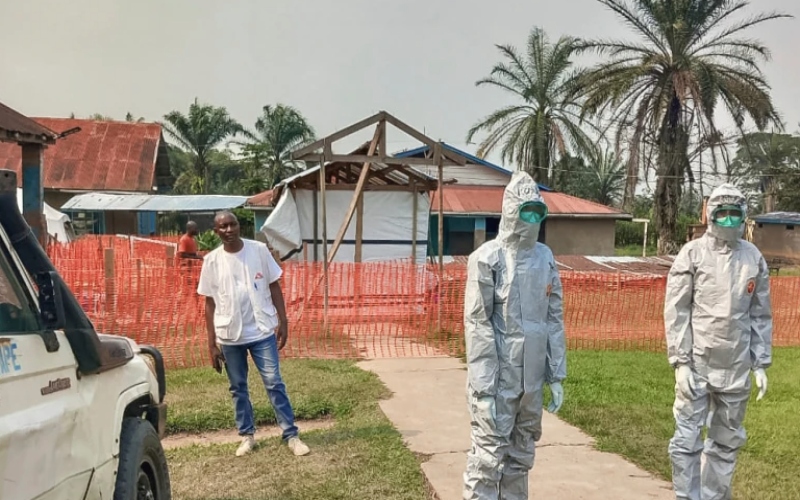Alarm as invasive Mathenge plant overruns 1.1 million hectares, threatening livelihoods in 22 counties

The 22 counties affected by the spread of Mathenge include Turkana, Tana River, Garissa, Isiolo, Marsabit, Kajiado, Taita Taveta, Baringo, Kilifi, Samburu, Mandera, Wajir, Kwale, Lamu, Tharaka Nithi, Meru, Mombasa, Migori, Kitui, and West Pokot.
Environment, Climate Change and Forestry Cabinet Secretary Deborah Barasa has revealed that the invasive Prosopis juliflora, commonly known as Mathenge, has now spread across 1.1 million hectares in 22 counties, posing a serious threat to grazing lands, biodiversity and livelihoods, especially in arid and semi-arid areas.
Barasa made the disclosure when she appeared before the Senate on Wednesday to respond to a series of questions raised by lawmakers over environmental degradation, poor waste management, and failure by counties to comply with national climate laws.
More To Read
- Livestock project targets Garissa youth with skills, finance and market opportunities
- CS Deborah Barasa pledges full disclosure on controversial Ngong Forest hotel project
- Environment Ministry withdraws 2025 regulations amid outcry over lack of consultation
- Kenya gets Sh16.4 billion loan to tackle rural poverty, climate woes
- No evictions from Ngong forest land until Cabinet decision, says CS Barasa
- Cabinet reshuffle: Duale appointed Health CS as Barasa takes Environment role
In her response to Senator Mohamed Chute of Marsabit, the CS said Turkana and Marsabit are among the worst affected by the spread of Mathenge.
She attributed the invasion to historical missteps in afforestation programmes, especially after the species was misclassified during its introduction in the 1970s and later accelerated during the 1997–1998 El Niño season.
She told senators that the government has developed a National Prosopis Strategy and Action Plan covering the period 2025 to 2035 to steer coordinated removal and economic use of the weed.
According to Barasa, four counties, Marsabit, Baringo, Isiolo, and Tana River, have already come up with spatial plans tailored to tackle the Mathenge invasion at the local level.
The CS also said communities in the affected regions have been trained on how to make use of the plant through charcoal processing, animal feed production and other value-added activities.
Barasa admitted that earlier attempts at turning the plant into a commercial resource had failed. She cited a 2015 gasification initiative in Baringo that collapsed after high levels of impurities in the harvested feedstock rendered it unviable.
The CS’s appearance comes months after President William Ruto’s Cabinet ordered action on the Mathenge tree, warning that it had become a major driver of land degradation and a threat to food security.
On March 13, 2024, the Cabinet noted that the weed was responsible for shrinking arable land, reducing pasture availability, and damaging wetlands, biodiversity, and national parks.
A dispatch from the Cabinet stated: “The tree species was introduced in the 1970s to mitigate soil erosion, fuelwood shortages, inadequate livestock fodder, and other challenges associated with bare lands in the Arid and Semi-arid areas (ASALs). Subsequently, however, it was realised that its rapid spread leads to loss of biodiversity and farmlands, increased livestock deaths arising from consumption of its leaves and thorns, and increased spread of malaria.”
The Cabinet directed the Environment, Agriculture, and Energy ministries to form a joint committee to coordinate government efforts against the plant. Rather than uproot all Mathenge trees, the government resolved to explore ways of turning the invasive species into a source of economic value - including renewable energy, eco-friendly charcoal, and wood products.
In January 2024, the Environment Ministry disclosed that Prosopis juliflora was introduced to Kenya in 1948 to curb desertification, starting in the North Eastern region.
However, the plant’s aggressive spread, estimated at 15 per cent annually, has wiped out many indigenous trees and worsened environmental degradation in several counties.
So far, 16 counties have been marked as high-risk zones. The 22 counties affected by the spread of Mathenge include Turkana, Tana River, Garissa, Isiolo, Marsabit, Kajiado, Taita Taveta, Baringo, Kilifi, Samburu, Mandera, Wajir, Kwale, Lamu, Tharaka Nithi, Meru, Mombasa, Migori, Kitui, and West Pokot.
Top Stories Today












































